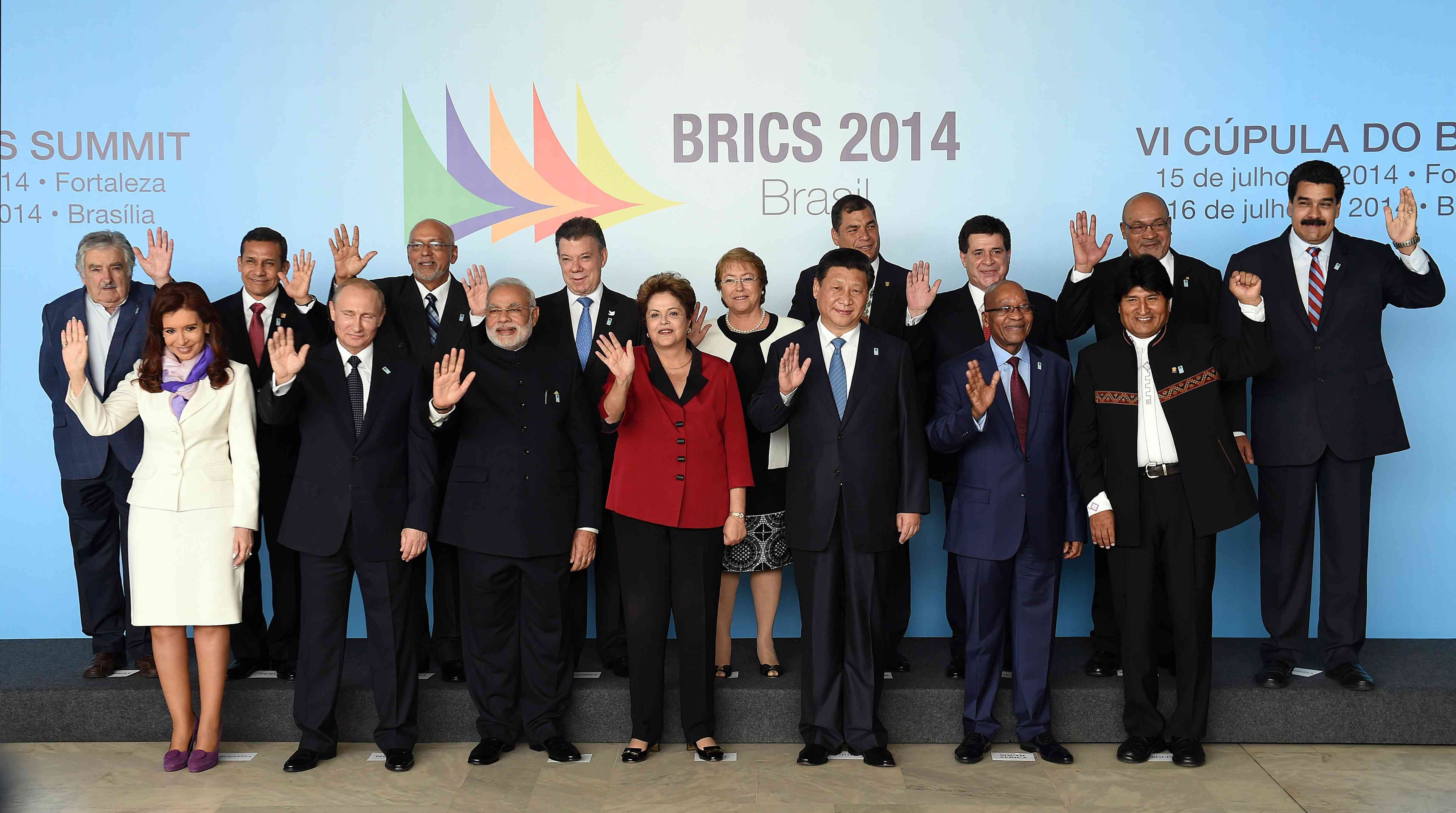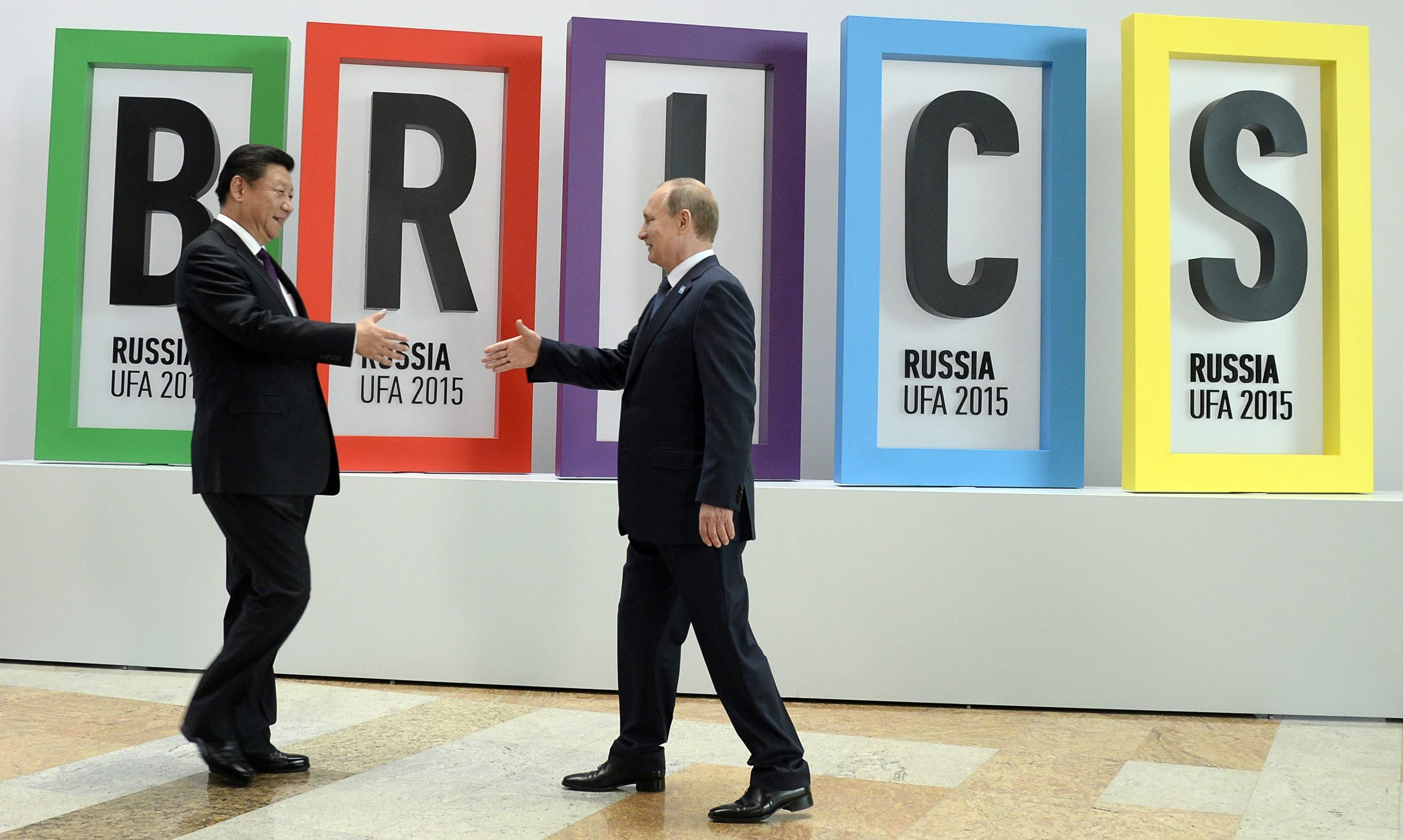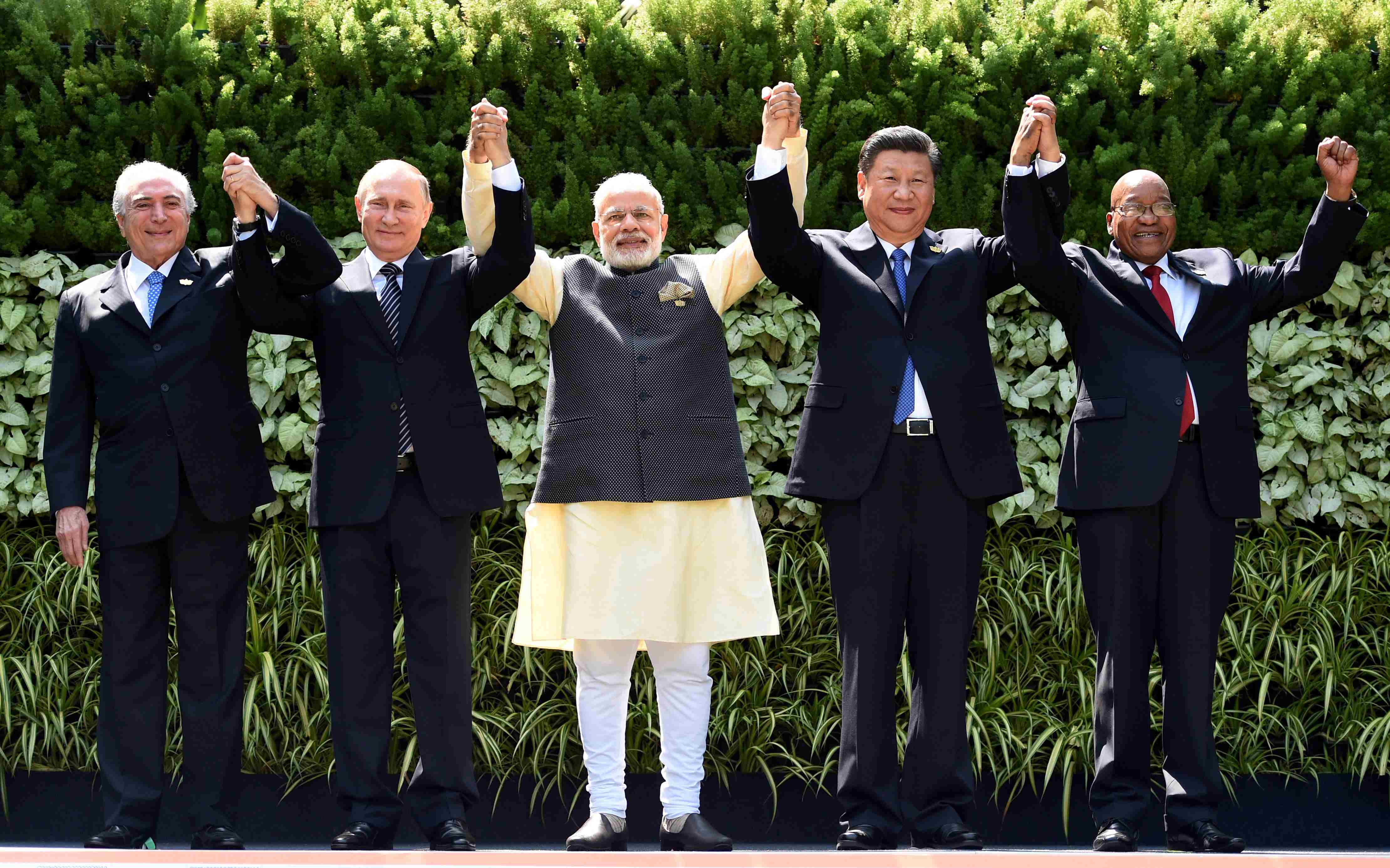
China
22:56, 31-Aug-2017
Let's talk about BRICS: Media coverage challenges
Alok Gupta

The BRICS bloc’s economic rise continues to change the world landscape, but this tectonic shift has not yet led to an increase in media coverage among the group, or correct bias from some Western news outlets.
In an effort to improve this sporadic coverage of events within the member countries, the first BRICS Media Summit took place in Beijing last year, with leaders underlining the need for an alternative to Western media.
Western media’s "Jaundiced Eye"
The proposal incited a strong resentment among Western media, and they stayed away from covering the summit.
This is not the first time that few Western media were cautious of covering a non-West group. In 1983, few Indian journalists criticized the way coverage of the seventh non-alignment movement (NAM) conference was done by five Western media: The New York Times, The Washington Post, The Christian Science Monitor, The Baltimore Sun, and The Times of London. Journalists termed the Western media – The Jaundiced Eye.
Furthermore, Western media tainted coverage of Olympics in three BRICS countries; China, Russia and Brazil also led to immense controversy. Beijing Olympics was covered with a dominant frame of air pollution, facilities at Sochi Olympics termed chaotic and Rio Olympics coverage had an angle of security problem and Zika virus threat.
Harvey Dzodin, a Beijing-based columnist mentions that one of the reasons behind biased coverage is lack of multiplicity of voices. “You can’t just have voices from one source (Western media) for coverage of these mega events,” he says.
Media coverage challenge within BRICS
Western media negative news coverage of mega-events further united BRICS governments to formulate policies to form strong media alliances but the results were not very encouraging.
Shakuntala Rao, professor at the Department of Communication Studies of the State University of New York told CGTN that it’s true that BRICS media does not cover each other, as well as they should or ought to.
“BRICS, as a coalition, faces many challenges – India and China, same as China and Russia – remain intractably opposed on key border, security and economic issues. I am not sure media can foster or hamper an identity that is tenuous to begin with,” she said.
According to Shi Anbin, professor of the Global Media Communication, Tsinghua University, one of the reasons behind poor coverage of BRICS within themselves is because BRICS is more of an economic block than a cultural alliance. “There is no good cultural and ideological unity among BRICS and this leads to poor media coverage among each other,” he told CGTN.
In the last one year, media coverage between China and Russia is slowly blooming. Shi Anbin pointed out that both countries have organized a series of events to strengthen their media ties. “However, I still feel China and Russia do not cover each other well because of historical and ideological theism,” he observes.
India, China and Russia are looking at creative ways to cement intra-nation media coverage, while Brazil and South Africa mostly remains elusive from India media’s landscape.
New academic fellowship emerges
Amidst prevailing fissures and differences among BRICS on media coverage, Western media researchers are curiously tracking media in BRICS nations. In the last two years, media researchers are finding massive growth of media in BRICS too big to ignore.
In China, nearly 75% of the population or 900,000 people have access to mobile phones and 2,200 newspapers. Chinese television industry reaches out to 700 million people daily.

Russia's President Vladimir Putin (R) greets China's President Xi Jinping during a welcome ceremony in Ufa on July 9, 2015 at the start of the 7th BRICS summit./ AFP Photo
Russia's President Vladimir Putin (R) greets China's President Xi Jinping during a welcome ceremony in Ufa on July 9, 2015 at the start of the 7th BRICS summit./ AFP Photo
Indian television sector boasts of more than 800 channels and nearly 330 of them are 24-hour news channels in English, regional and vernacular languages. It’s the only country where the print circulation is rising with 330 million newspapers sold daily.
Brazil and South Africa have biggest media centers in their region. Russia is witnessing an annual growth of 24% in the media sector.
The phenomenal media growth also caught the attention of International Journal of Communication last year. They came up with a special section on BRICS “Building the BRICS: Media, Nation Branding and Global Citizenship.”

(L-R) Brazilian President Michel Temer, Russian President Vladimir Putin, Indian Prime Minister Narendra Modi, Chinese President Xi Jinping and South African President Jacob Zuma pose for a group photo during the BRICS Summit in Goa on October 16, 2016. /AFP Photo
(L-R) Brazilian President Michel Temer, Russian President Vladimir Putin, Indian Prime Minister Narendra Modi, Chinese President Xi Jinping and South African President Jacob Zuma pose for a group photo during the BRICS Summit in Goa on October 16, 2016. /AFP Photo
Kaarle Nordenstreng, Professor Emeritus at the University of Tampere and Daya Kishan Thussu, professor at the University of Westminster have authored their first book on BRICS media, Mapping BRICS Media.
Harvey Dzodin adds, BRICS is still a new alliance and has to work from an institutional perspective. “I think it’s a work in progress.”

SITEMAP
Copyright © 2018 CGTN. Beijing ICP prepared NO.16065310-3
Copyright © 2018 CGTN. Beijing ICP prepared NO.16065310-3